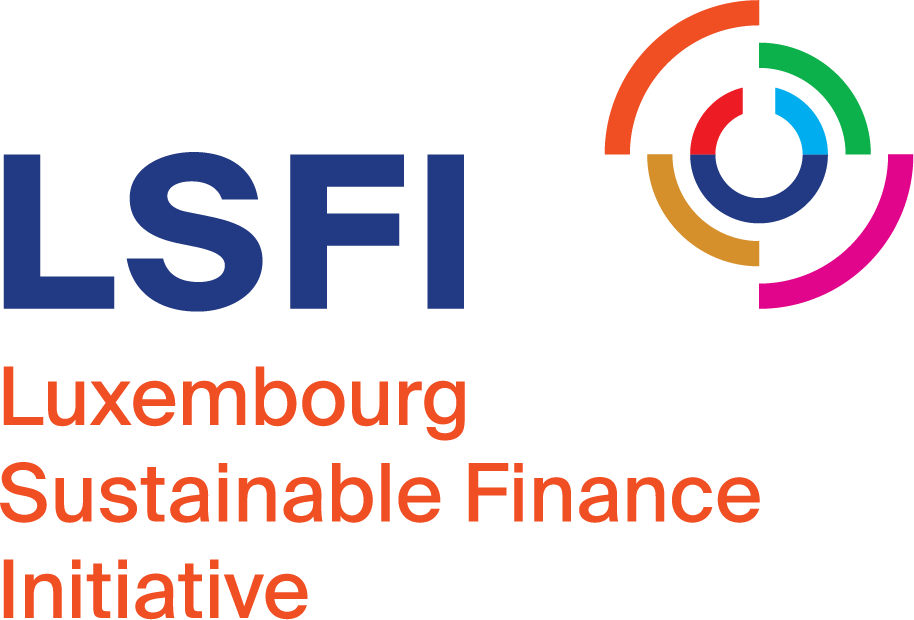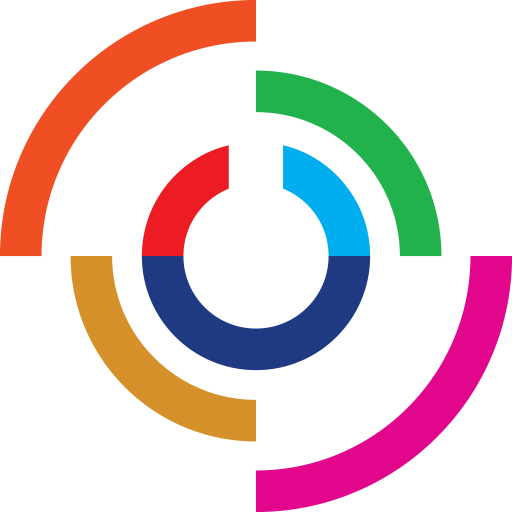Sustainable finance labels and the EU sustainable finance regulation are interconnected elements within the broader framework of promoting environmentally and socially sustainable economic activities.
The EU sustainable finance regulation, including SFDR and the Taxonomy Regulation, sets the regulatory framework for promoting sustainable finance. Sustainable finance labels, on the other hand, offer a practical way for investors to identify and support investments that meet these sustainability criteria, by adhering to the regulatory requirements.
For example, in the case of a LuxFLAG Label, for an applicant to obtain a Label, the financial product must be aligned with either the disclosure requirements of Article 8 or Article 9 of the SFDR. This confirms that there is a link between our labels and the SFDR. However, in this same case LuxFLAG Labels go a step further compared to the SFDR, as they offer additional granularity and specificity and cover a wide array of asset classes and sustainability criteria that is still not fully captured by the SFDR. Lastly, LuxFLAG Labels were established long before the implementation of the SFDR, underscoring the LuxFLAG status as pioneer in this domain.




